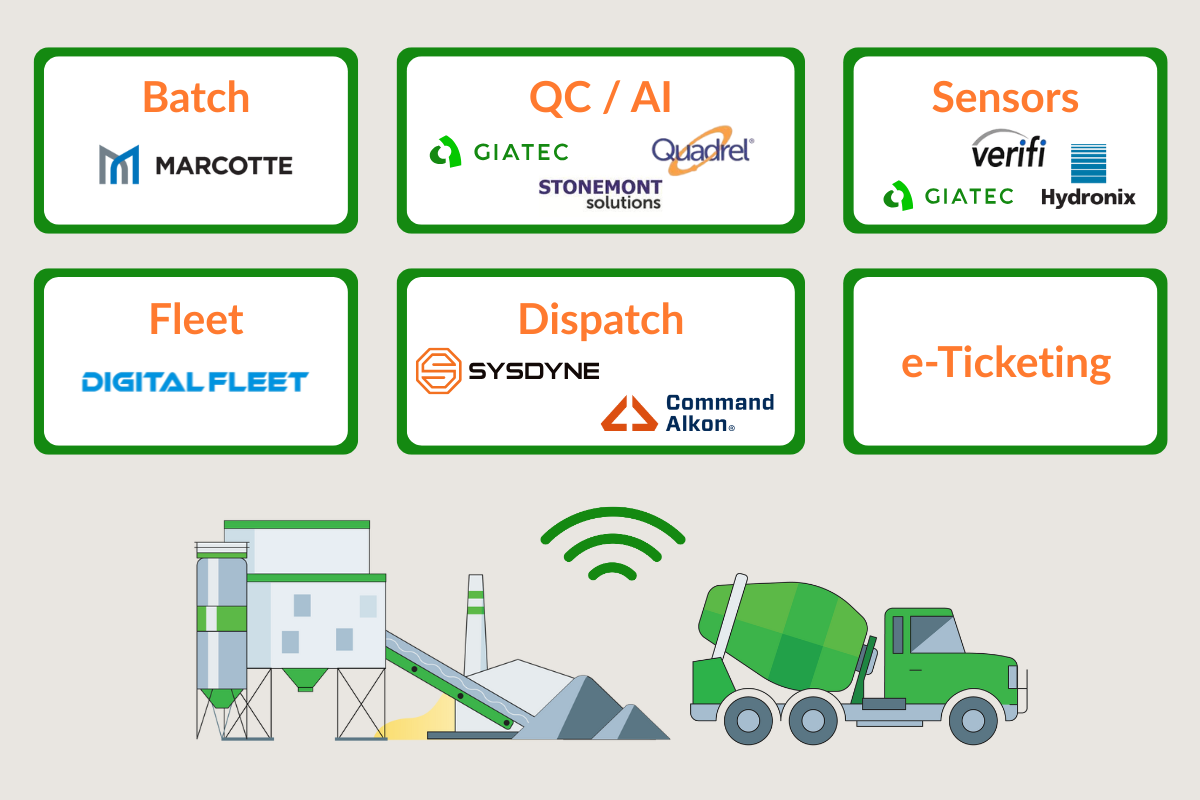Increased Tensile Strength with Flexible Concrete
Typical concrete is characterised by its heavy, brittle qualities which lends itself to breakage under tension. To combat this, Nanyang Technological University scientists from the NTU-JTC Industrial Infrastructure Innovation Centre (13C) have invented a new type of concrete called the ConFlexPave. What makes this innovation superior is that it is bendable and yet stronger and longer lasting than regular concrete.
Explore 12 Futuristic Technology Trends Solving Concrete's Biggest Challenges.
With utilization of this new revolutionary concrete comes a drastic reduction in the time required for road works and new pavements as it allows for the creation of slim precast pavement slabs for speedy installation. As it is more sustainable than regular concrete, it further requires less maintenance. Stated by NTU Professor Chu Jian, Interim Co-Director of the NTU-JTC I3C, “We developed a new type of concrete that can greatly reduce the thickness and weight of precast pavement slabs, hence enabling speedy plug-and-play installation, where new concrete slabs prepared off-site can easily replace worn out ones.”
Further iterated by Mr Koh Chwee, Director, Technical Services Division of JTC and Co-Director of the NTU-JTC I3C, the invention of this new technology not only reduces labour-intensive on-site work and reduces construction time, it also cuts down the inconveniences caused to road users by road resurfacing and construction works.
How does it work?
Typical concrete is brittle and prone to cracking if too much weight is applied. This is because of materials used. Although aggregates such as cement, water gravel and sand make the concrete strong, they do not promote flexibility. ConFlexPave on the other hand, has been specifically engineered to have particular types of hard materials mixed with polymer microfibers. By including these synthetic fibers, along with the concrete’s ability to flex and bend under tension, skid resistance is also enhanced.
According to Asst. Prof. En-Hua from NTU’s School of Civil and Environmental Engineering, who leads this research at NTU-JTC, what led to this breakthrough was the understanding of how the components of the materials interact with one another mechanically on a microscopic level. He goes on to say the following: “the hard materials give a non-slip surface texture while the microfibers which are thinner than the width of a human hair, distribute the load across the whole slab, resulting in a concrete that is tough as metal and at least twice as strong as conventional concrete under bending.”
Already being successfully tested on tablet sized slabs, ConFlexPave will be scaled up for further testing over the course of the next three years in locations where there will be human and vehicular traffic.
Source: Phys.org








